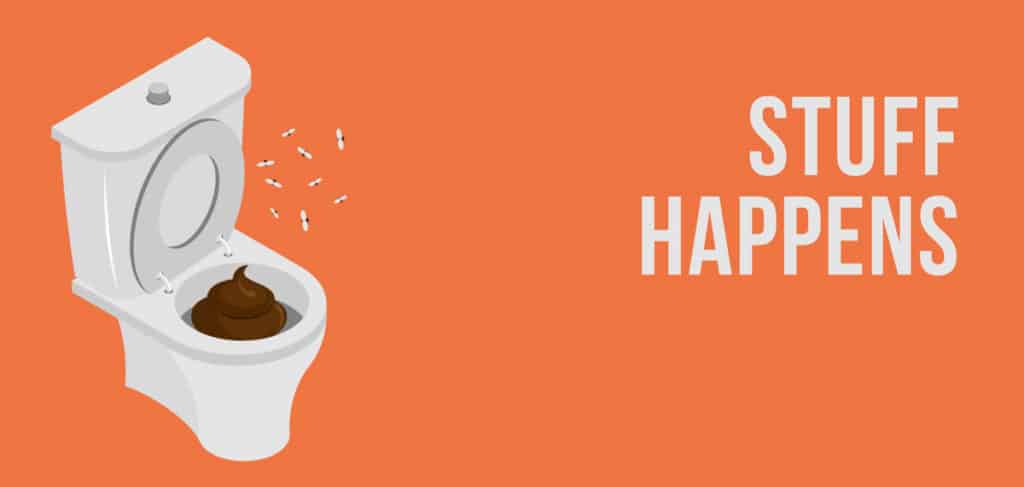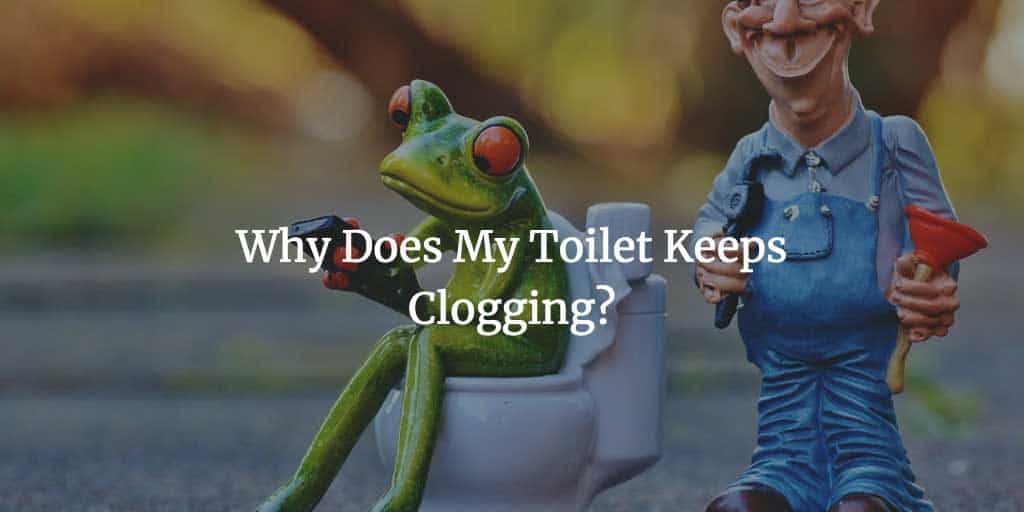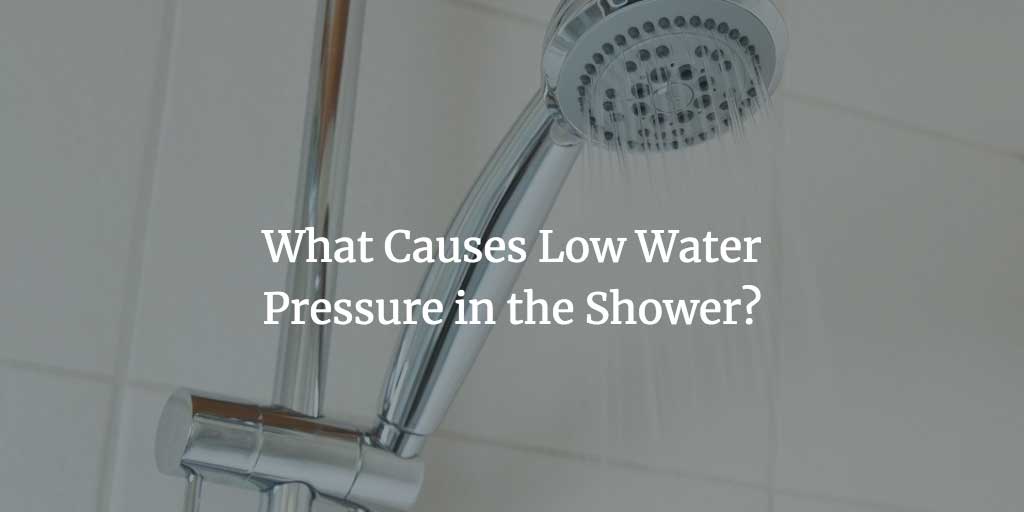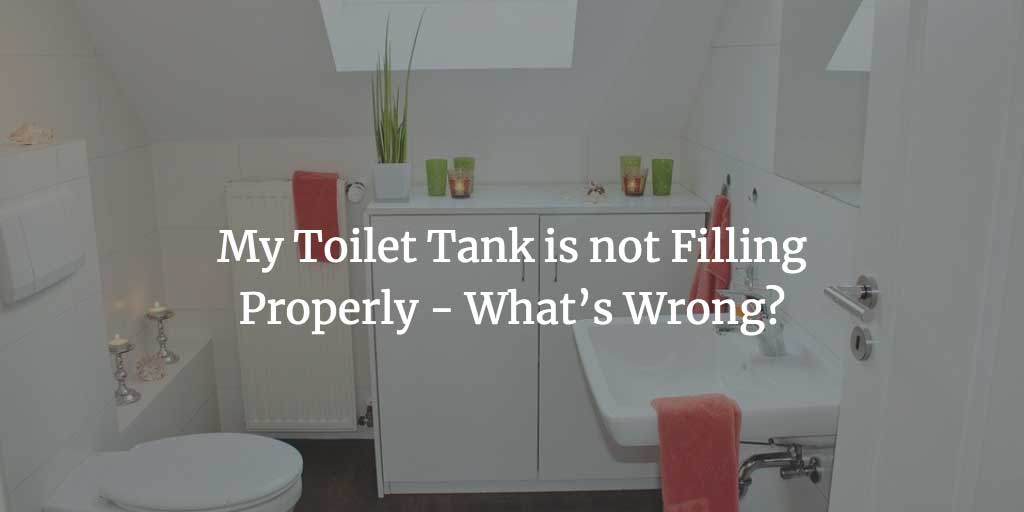Everyone takes toilets for granted. However, these objects can create quite havoc in the house when they stop working correctly. If not addressed immediately, this unpleasant issue may cause the people in your household to go crazy. You can also decrease the odds of having difficulty if you own one of the best flushing toilets.
Trying to figure out the root of the problem can be very frustrating, though. Unlike the usual complications, like clogged pipes or low water levels, some issues aren’t that obvious.
In this article, we’ll be taking a look at the most common reasons why a toilet won’t flush properly, and how to fix them. We separated the potential problems into two categories – clogged toilet and tank problem. Your bathroom has three main water sources, keeping these water sources running well and draining correctly can also help get rid of mold in the bathroom – or stop it happening so fast.
Contents
Inadequate Installation of the Toilet Drain Pipe
If your toilet’s flush is very slow, the issue may be in the inadequate installation of the drainpipe, or its poor design.
The system of drains is not hard to understand. The water from the toilet bowl gets to the main sewer line through the drain pipe. If this pipe doesn’t have an adequate downward slope, proper flushing will be impossible.
If you’re suspecting that this may be the case, call a plumber. He’ll check the system of drains and redesign it if required.
Damaged Flapper Not Opening Fully
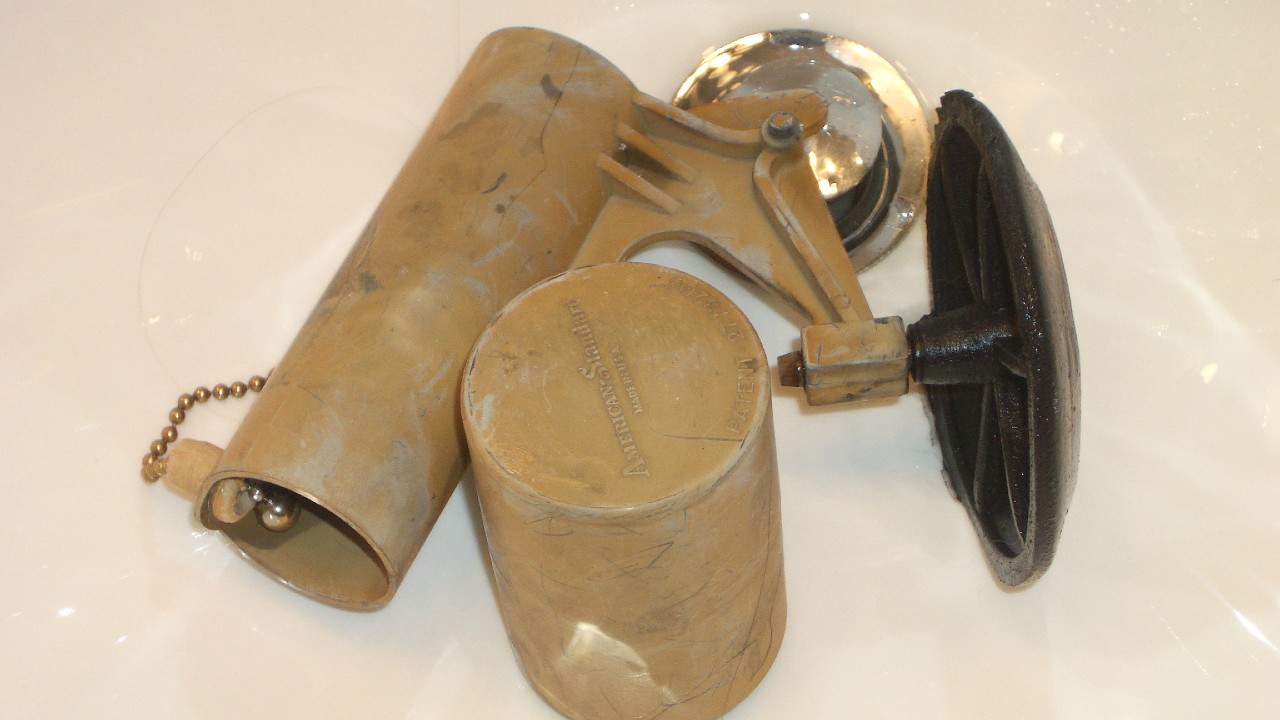
Whenever someone flushes the toilet, a part called the flapper valve opens up. It does so to allow the water from the toilet tank to pour down into the toilet bowl. Once the flushing is complete, the flapper valve closes, allowing the tank to fill up with water again.
When damaged, the toilet flapper can’t perform its role. Fortunately, this part is typically cheap. Solve the problem by visiting the nearest shop for plumbing supplies and get a new one.
Once you purchase a new flapper, you’ll be able to replace the damaged one. The new flapper should come with installation instructions, so this shouldn’t be much of an issue. Make sure that the new flapper is snug in its place.
Loose Chain that Stops Flushing
Inside the tank, the mechanism that flushes the toilet is connected to the handle by a chain. If your toilet won’t flush properly, that may be due to this chain being loose. This leads to the toilet handle being wiggly and not giving enough resistance.
In the case of a loose lift chain, the water valve can’t fill as the flapper doesn’t stay lifted long enough. A chain that’s loose or stretched needs to be replaced.
Toilet chains are fairly inexpensive and can be found at all hardware stores. A plumber can replace it for you, but you can also do it yourself – it’s an easy fix. Here’s how to do it:
Shut off the water supply and empty the tank by flushing the toilet. Use pliers to remove the chain from both sides – from the flapper and the handle. Unbend the last link of the new chain and hook it to the flapper.
Do the same thing on the other side, attaching the chain to the handle. Jiggle it a couple of times to check if it’s firmly hooked. Turn back on the water supply and try flushing.
We should also mention the issue of the broken handle. If the handle of your toilet’s water tank is rusting, loose, and won’t flush when pulled down, it will need to be replaced. Purchase a new one and have it reinstalled and attached to the lift chain.
Low Water Level in Toilet Tank
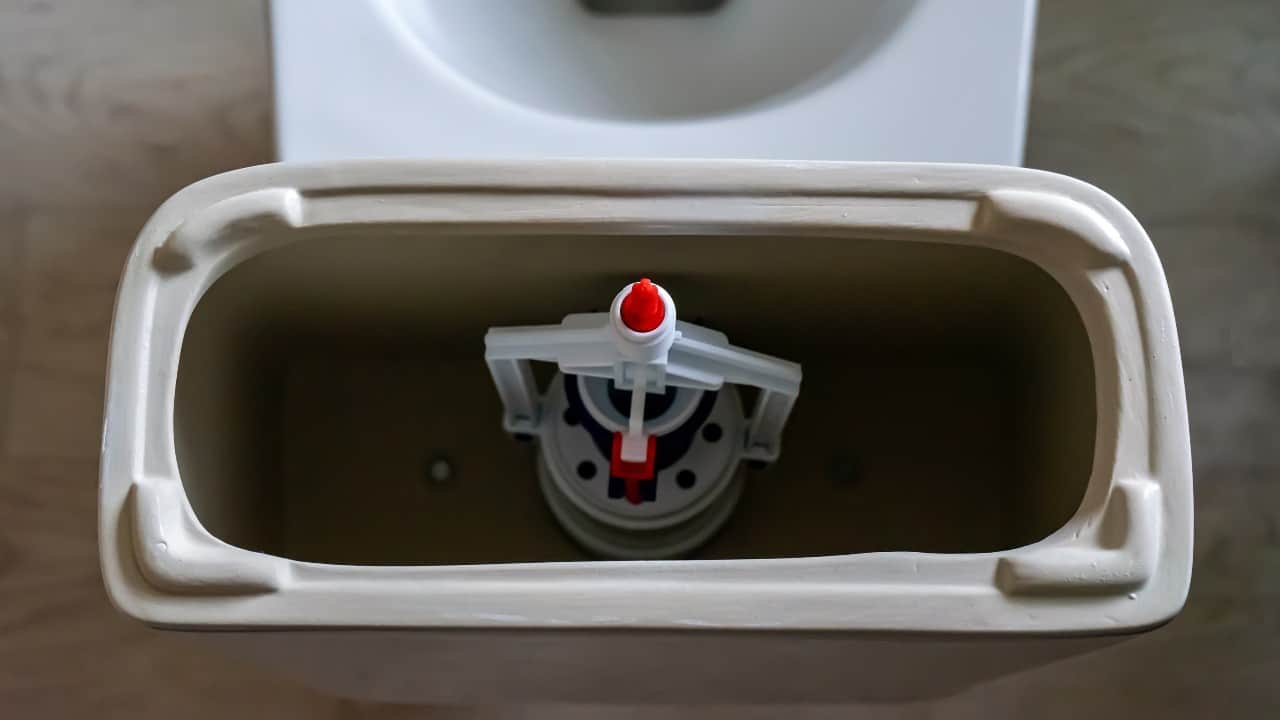
If the toilet won’t flush or flushing is weak, check the tank. The water level may be too low. Look for a mark that determines the required water level. To function correctly, the tank needs to have at least 1 inch of water below the overflow tube’s top line.
In most cases, it’s the fill valve that’s not entirely turned on that’s causing partial flushes. Try turning the fill valve, and then flush the toilet bowl. You won’t have to worry if the tank fills correctly.
Have you ever manually adjusted the required level to save water? If you did, that may be the culprit behind your problem. Another possible reason could be in the misaligned components inside the tank. These can easily prevent the tank from getting filled with the necessary amount of water.
Does your toilet tank have a rubber ball float? If it does, there’s a slight chance that it’s blocking the water flow hole. This can take place when it floats upwards as the tank water level is rising.
Fortunately, this can be solved by adjusting the float. Give the ball a higher position by bending the float’s handle upwards. If there’s an intake assembly in the tank, move its metal clip upwards.
If there’s no water in the toilet at all, check out this guide on how to flush a toilet with no water.
Cracked Overflow Tube
If everything works just fine, the culprit is probably the overflow tube. Instead of filling the tank, water can flow down into a cracked overflow tube. When this happens, the toilet water keeps running.
The only proper way to fix a running toilet is to get a new overflow tube. Once replaced, the toilet should flush properly, without any issues.
As you can see, there are quite a lot of things that can cause a toilet to stop flushing properly.
Some of these issues are easy to solve – all you need is a toilet plunger and a couple of minutes of your time. Some problems, however, are a bit more complicated. Replacing a loose chain, for example, takes a bit more know-how, and will also require you to buy a new part at the hardware store.
Whatever the issue might be, don’t forget that you don’t have to take care of it on your own. Sometimes, calling a plumber to fix it for you is the best idea.
Mineral Deposits in Flusher or Water Pipes
Clogged inlet holes are a common issue for people living in regions with hard water. Water-based bacteria and mineral deposits clog the toilets more often than most people imagine. Is there less water coming into the toilet bowl after you flush? If yes, you should try unclogging the inlet holes.
Turn off the water supply and flush the toilet until the tank is empty. Once that’s done, open the fill valve and use white vinegar to clean it. Heat around 10 ounces of it to 120 degrees Fahrenheit and use a funnel to pour it over the overflow tube.
Leave the vinegar there for a couple of hours. Don’t use the toilet during this time – vinegar needs time to dissolve the mineral deposits. Turn on the valve and flush the toilet. If it’s still not working correctly, try removing the mineral residues with a wire.
If you’re often dealing with this problem, investing in a water softener system would be a good idea. It will put a stop to mineral deposits caused by hard water.
Partial Clogs in Pipes
In some cases, waste can form “partial” clogs. Although they don’t cause a complete blockage, partial clogs can undoubtedly slow the water flow.
If there is a partial clog, water goes through the pipes harder with each successive flush. After a while, flushes will become incomplete. The result of this is the accumulation of precipitate in the drainage system.
Try solving the issue by plunging the toilet with a plunger. Flush the toilet after each 15 to 20 seconds. If you don’t get any results, you’ll have to consider other solutions. If you don’t have a plunger, read my post on how to unclog a toilet without a plunger.
Many times, the cause of partial clogging is the debris attached to pipe walls or even corrosion. The solution for this is as simple as using hot water. Pour some hot water into the bowl and flush the toilet.
But, sometimes, these clogs are caused by debris that shouldn’t have been flushed in the first place, such as cat litter or baby wipes.
If this method doesn’t solve the problem, you’ll have to snake the toilet. In case the clog is close to the sewer line, you’ll need to call the plumber.
Too Much Toilet Paper
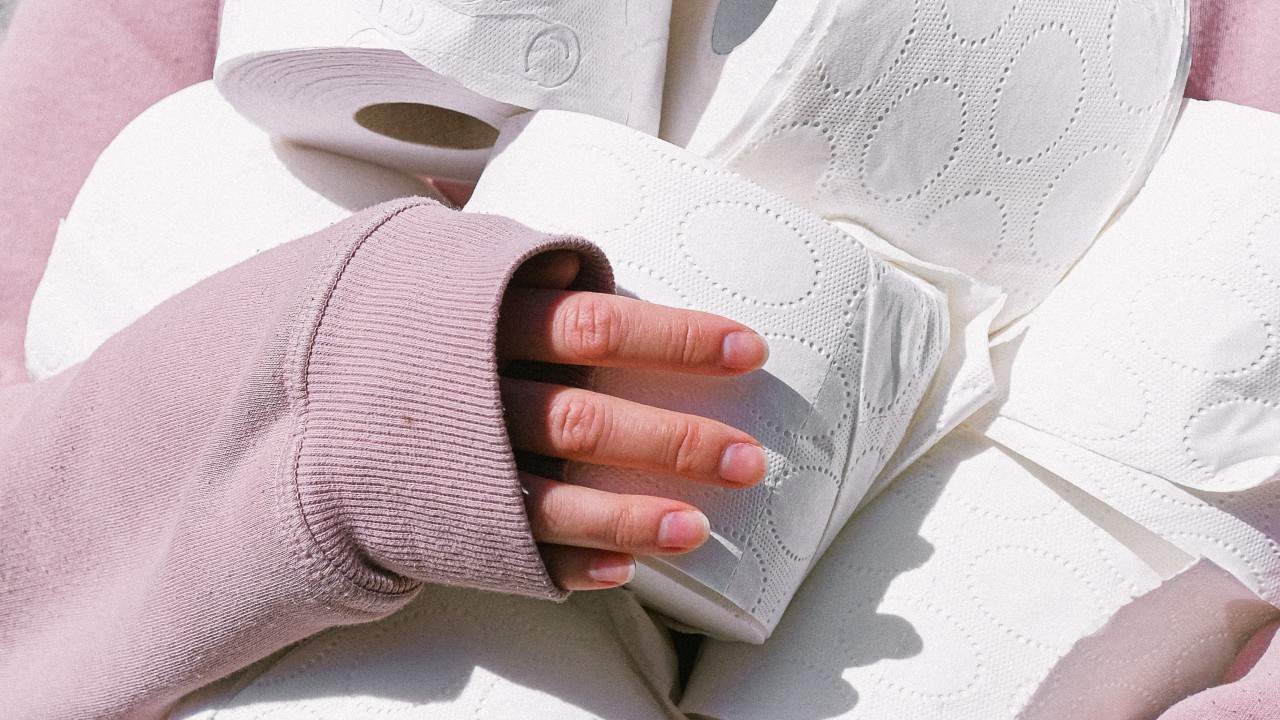
If you are asking yourself, Why Does My Toilet Keep Clogging? there can be numerous reasons. A common reason behind a clogged toilet is when people throw too much toilet paper into it but don’t flush regularly. Forgetting to flush after using toilet paper, diapers, or sanitary napkins will lead to clogged pipes sooner or later. Further flushing becomes impossible due to clogged drains.
Consider using thinner toilet paper if you’re often experiencing this issue. This is especially important if you’re someone who uses an entire roll for a day. By purchasing bilayer paper of lower quality, your drains won’t clog so easily.
If you can’t stand using thinner paper, however, try to flush your toilet more often. This may lead to higher water bills, but you won’t have to deal with clogs anymore.
If a toilet won’t flush due to clogged paper, try these methods:
- Toilet Auger – Push the paper down by snaking the auger through the drain hole. By doing this, you’ll break the paper into smaller pieces that are easier to flush.
- Plunger – Place the plunger around your toilet’s drain hole. Create a vacuum by pumping it up and down. By doing this, you’ll create a suction that dislodges the paper. Once you’re done, flush the toilet.
- Plumber – If the previous methods don’t work, get an expert to solve the issue for you. Don’t wait for more severe problems to appear – call a plumber as soon as you can.
It is also important to note that you can’t flush some types of toilets when the power is out. For instance, if you flush an uplfush toilet during an outage, it might not flush properly.
If you managed to fix this issue, but there is still a funky smell in your bathroom, check out my post titled Why is there a Sewer Odor in my Bathroom?
